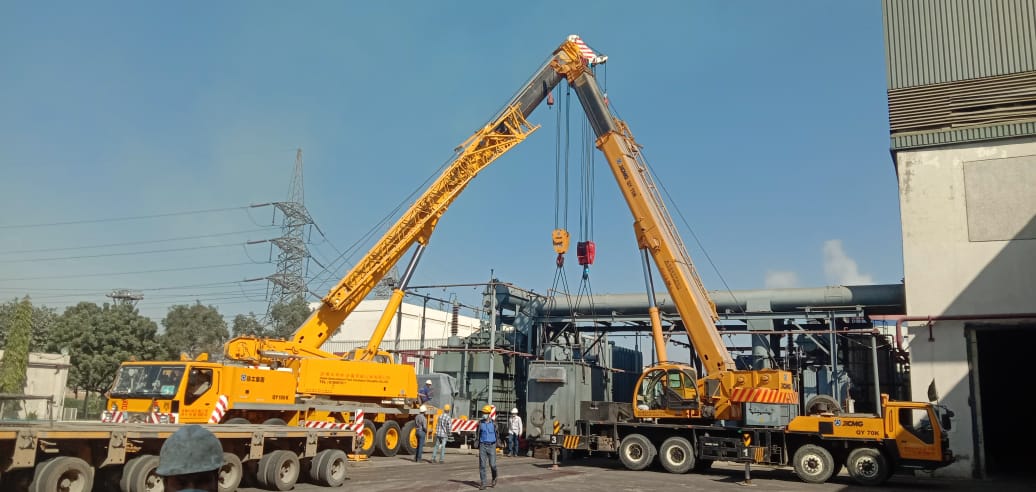When working with cranes on a construction site, safety should always be the top priority. Cranes are powerful and complex pieces of machinery that can pose significant risks if not operated properly. Here are some top safety tips for working with cranes on your construction site:
- Proper Training
One of the most important aspects of crane safety is ensuring that all operators and workers are properly trained. All crane operators should have a valid certification, and workers who work in close proximity to cranes should receive specialized training as well. By ensuring that everyone on the job site is properly trained, you can minimize the risk of accidents and injuries.
- Effective Communication
Effective communication is essential when working with cranes. Clear and concise communication between the crane operator and other workers on the site can help to prevent accidents and improve efficiency. Workers should use standardized hand signals and radio communication to ensure that everyone is on the same page.
- Hazard Identification
Identifying potential hazards is a critical part of crane safety. Before operating a crane, workers should conduct a thorough hazard assessment to identify any potential risks. This includes identifying potential obstacles, such as power lines or other equipment, that could interfere with the crane’s operation.
- Routine Inspections
Routine inspections are essential for ensuring that cranes are in proper working condition. Before each use, the crane should be inspected for any signs of wear and tear, damage, or other issues that could impact its performance. Additionally, regular maintenance and repairs should be scheduled to ensure that the crane remains in good condition over time.
- Proper Load Management
Proper load management is another critical aspect of crane safety. Workers should ensure that loads are properly balanced and secured before lifting, and that the crane’s load capacity is not exceeded. Additionally, workers should always be aware of their surroundings and ensure that the load is not dropped or swung into nearby structures or equipment.
In conclusion, safety should always be the top priority when working with cranes on a construction site. By ensuring that all workers are properly trained, communication is effective, hazards are identified, routine inspections are conducted, and loads are properly managed, you can minimize the risk of accidents and injuries.








